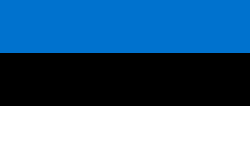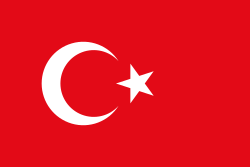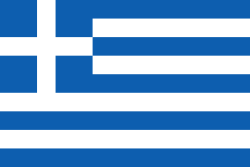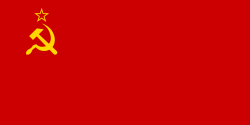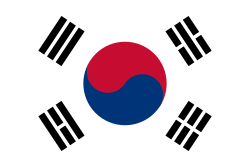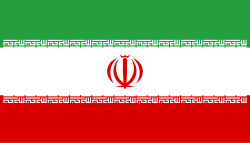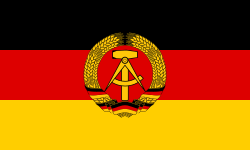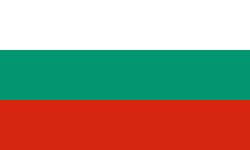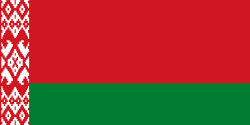Włodzimierz Zawadzki
| Włodzimierz Zawadzki | |
|---|---|
 | |
| Narození | 28. září 1967 (55 let) Polany |
| Povolání | zápasník |
| Ocenění | medaile Za vynikající sportovní úspěchy rytíř Řádu znovuzrozeného Polska důstojník Řádu znovuzrozeného Polska |
| Některá data mohou pocházet z datové položky. | |
| Přehled medailí | ||
|---|---|---|
| zlato | LOH 1996 | řecko-římský do 62 kg |
| Mistrovství světa v zápasu řecko-římském | ||
| stříbro | MS 1995 | pérová váha |
| stříbro | MS 2002 | bantamová váha |
| bronz | MS 1994 | pérová váha |
| bronz | MS 1997 | pérová váha |
| Mistrovství Evropy v zápasu řecko-římském | ||
| zlato | ME 1991 | pérová váha |
| zlato | ME 1995 | pérová váha |
| zlato | ME 1999 | pérová váha |
| bronz | ME 2001 | pérová váha |
Włodzimierz Jan Zawadzki (* 28. září 1967 Polany, Polsko) je bývalý polský zápasník, reprezentant v zápase řecko-římském. V roce 1996 na olympijských hrách v Atlantě v kategorii do 62 kg vybojoval zlatou medaili a v roce 1992 na hrách v Barceloně ve stejné kategorii čtvrté místo. V roce 2000 na hrách v Sydney v kategorii do 63 kg obsadil devatenácté a v roce 2004 na hrách v Athénách v kategorii do 60 kg šestnácté místo.
V roce 1995 a 2002 vybojoval stříbro a v roce 1994 bronz na mistrovství světa. V roce 1993 a 2003 obsadil šesté, v roce 1998 sedmé, v roce 1991 osmé, v roce 1999 deváté a v roce 2001 třiadvacáté. V roce 1991, 1995, 1999 vyhrál a v roce 2001 vybojoval bronz na mistrovství Evropy. V roce 1996 obsadil čtvrté a v roce 2002 jedenácté místo.
Externí odkazy
 Obrázky, zvuky či videa k tématu Włodzimierz Zawadzki na Wikimedia Commons
Obrázky, zvuky či videa k tématu Włodzimierz Zawadzki na Wikimedia Commons - Włodzimierz Zawadzki na stránkách olimpijski.pl (polsky)
- Włodzimierz Zawadzki v databázi Olympedia (anglicky)
Média použitá na této stránce
Olympic Rings without "rims" (gaps between the rings), As used, eg. in the logos of the 2008 and 2016 Olympics. The colour scheme applied here was specified in 2023 guidelines.
Olympic Rings without "rims" (gaps between the rings), As used, eg. in the logos of the 2008 and 2016 Olympics. The colour scheme applied here was specified in 2023 guidelines.
Finská vlajka
Autor: F l a n k e r, Licence: CC BY-SA 2.5
Flag of the Kingdom of Sardinia (1851-1861) and of the Kingdom of Italy (1861-1946). Use: Civil flag and ensign. In a governmental or a military context, the crowned version (see Crowned version) was always used (as State flag and naval ensign).
Autor: F l a n k e r, Licence: CC BY-SA 2.5
Flag of the Kingdom of Sardinia (1851-1861) and of the Kingdom of Italy (1861-1946). Use: Civil flag and ensign. In a governmental or a military context, the crowned version (see Crowned version) was always used (as State flag and naval ensign).
this is the flag of the Soviet Union in 1936. It was later replaced by File:Flag of the Soviet Union (1955-1980).svg.
(c) I, Cmapm, CC BY-SA 3.0
The flag of the Soviet Union (1955-1991) using a darker shade of red.
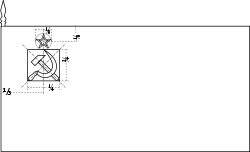
(c) I, Cmapm, CC BY-SA 3.0
The flag of the Soviet Union (1955-1991) using a darker shade of red.

Autor: Scroch, Licence: CC BY-SA 3.0
Flag of Bulgaria (1971-1990). Flag of Bulgaria with Bulgarian coat from 1971.
Autor: Scroch, Licence: CC BY-SA 3.0
Flag of Bulgaria (1971-1990). Flag of Bulgaria with Bulgarian coat from 1971.
Flag of South Korea (1949-1984)
Flag of South Korea from October 1997 to May 2011. In May 2011, the exact colors were specified into their current shades.
Flag of Iran. The tricolor flag was introduced in 1906, but after the Islamic Revolution of 1979 the Arabic words 'Allahu akbar' ('God is great'), written in the Kufic script of the Qur'an and repeated 22 times, were added to the red and green strips where they border the white central strip and in the middle is the emblem of Iran (which is a stylized Persian alphabet of the Arabic word Allah ("God")).
The official ISIRI standard (translation at FotW) gives two slightly different methods of construction for the flag: a compass-and-straightedge construction used for File:Flag of Iran (official).svg, and a "simplified" construction sheet with rational numbers used for this file.
Georgian flag in Pantone MS.
Flag of Second Polish Republic and later People's Republic of Poland in period from March 29, 1928 to March 10, 1980. Red shade used here is HTML "vermilion" #E34234. Proportion 5:8.



